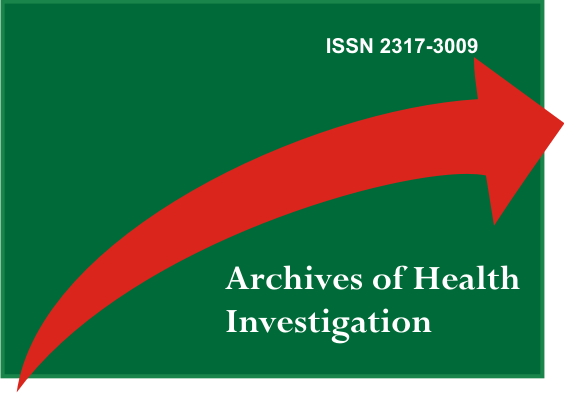Z-oo2 - Electrical Activity of Orbicular Muscles after Ocular Prosthesis Insertion
Resumen
Eye loss affects patient’s aesthetics and compromises the muscle tone of the facial region due to the atrophy of orbicular muscles. Although the use of ocular prosthesis does not return patient’s vision, it fills the anophtalmic cavity restoring cosmetic and muscle tone. This study aimed to evaluate the electrical activity of orbicular muscles before and after ocular prosthesis insertion of patients who underwent unilateral enucleation. Electrical activity was assessed through Myosystem BR1 electromyograph in four situations: (1) rest, (2) normal opening and closing of eyelid, (3) fast opening and closing of eyelid, and (4) clenching. The electrodes were placed in fascicles of upper (UO) and lower (LO) orbicular muscles. Electromyography examinations were performed before and after 7, 14, 30 and 60 days of prosthesis insertion. T-test (p<.05) was used to compare upper and lower orbicular muscles for each period of evaluation in all conditions. A total of 12 patients was treated. A statistical significant difference in the electromyographic data was observed for all clinical conditions when comparing the baseline with the 7-day prosthesis insertion period. In all situations, UO exhibited higher values of electrical activity than LO. The lowest electrical activity was noted for baseline period during rest condition (UO 8.418/ LO 5.933), while the greatest one was after 60 days of prosthesis insertion during clenching (UO 131.504 / LO 117.123). After ocular prosthesis insertion, a significant increase in electrical activity of orbicular muscles was observed.Financial support: FAPESP (2011/17703-9)
agda.ani@hotmail.com
Descargas
Los datos de descargas todavía no están disponibles.
Descargas
Publicado
2013-12-18
Cómo citar
Andreotti, A., Goiato, M., Santos, D., Moreno, A., Monteiro, B., & Santos, M. (2013). Z-oo2 - Electrical Activity of Orbicular Muscles after Ocular Prosthesis Insertion. ARCHIVES OF HEALTH INVESTIGATION, 2. Recuperado a partir de https://archhealthinvestigation.emnuvens.com.br/ArcHI/article/view/315
Número
Sección
Conteúdo


